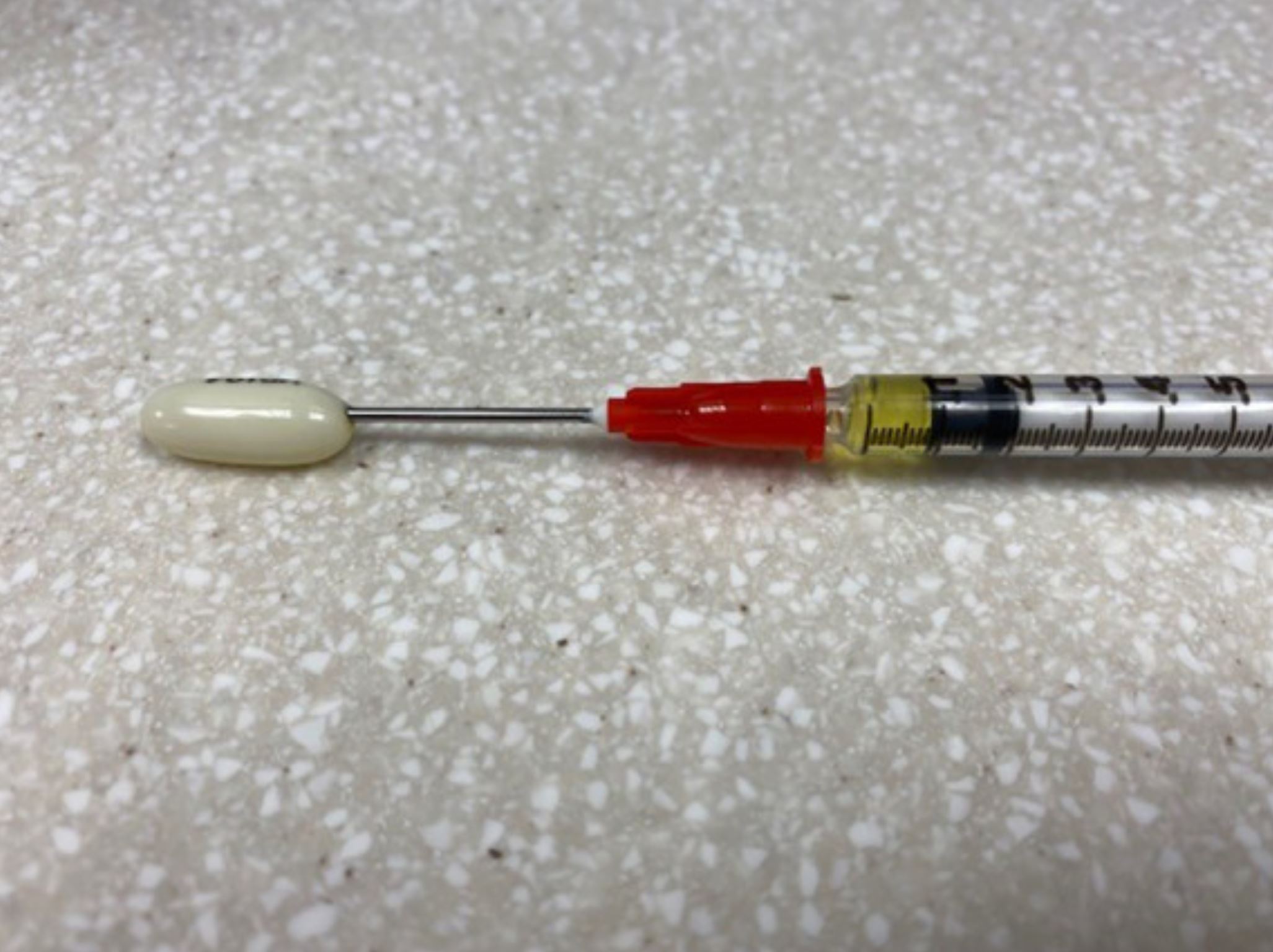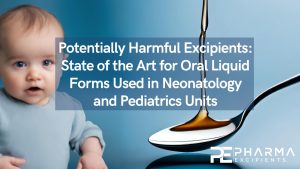The Past, Present, and Future of Oral Dosage Forms for Children

Abstract
The administration of medications to children has been a challenge for parents and caregivers for generations. Pharmaceutical companies have often overcome the difficulties of weight-based dosing and the inability of most young children to swallow solid dosage forms by creating oral liquids. While oral liquids offer advantages in terms of dose flexibility, swallowability, and ease of administration for young children and patients with enteral tubes, they have been plagued by issues such as taste, volume, and texture, to name a few. While the recommendations for broader use of oral syringes can help with the issue of measuring accuracy and incremental dosing, the issues of poor taste and frequently unacceptable volumes for doses remain a problem. New oral dosage forms which have begun to enter the United States marketplace have the potential to improve adherence and acceptability of oral medications for children, but come with their own unique challenges.
Download the full article as PDF here: The Past, Present, and Future of Oral Dosage Forms for Children
or read more here
Excipients
Excipient content of medications for children has long been a concern, and 7 excipients appear on the Key Potentially Inappropriate Drugs in PediatricS (KIDs) List—a reference of drugs and excipients which are potentially inappropriate for children.9 Included on this list are ethanol and benzyl alcohol. Benzyl alcohol is a preservative which is present in many parenteral and oral medications and in large doses may produce gasping syndrome in neonates.10,11
Ethanol is an excipient in some oral liquid medications and is used to enhance solubility of the API. While not commonly used, its presence in some important medications for children warrants attention. The alcohol content and extreme volume of doses of dexamethasone elixir (see Table 1) have led to its avoidance in practice and the use of the injectable dexamethasone administered orally in the hospital environment.12 Phenobarbital oral solution, which is between 13.5% and 15% ethanol depending on formulation, is commonly used in young infants for the treatment of seizures, particularly in the neonatal intensive care unit. FDA regulations state that for over the counter (OTC) medications intended for children under 6 years of age, alcohol content should not exceed 0.5%.13 An equivalent regulation does not exist for prescription medications, however the fact that the alcohol content of phenobarbital elixir is 30 times the recommended amount for OTC medications should warrant concern. While a recipe exists to extemporaneously compound phenobarbital without alcohol,14 the logistics of this can be difficult, especially in smaller hospitals or rural areas where a compounding pharmacy may be difficult to find.
As previously mentioned, sweeteners are frequently used for taste-masking purposes, but their use may also increase the risk of dental carries.15 In contrast to the positive taste-masking that can be achieved with sweeteners, if a medication is too sweet it may become very desirable and lead to a higher poisoning risk, thus the risks and benefits of taste must be weighed when formulating oral liquid medications in this population. Table 2 contains a list of common excipients in pediatric dosage forms and their problems. In an effort to provide a central source for information about the safety of excipients in the pediatric population, the European Paediatric Formulation Initiative (EuPFI) created the “Safety & Toxicity of Excipients for Paediatrics” or “STEP” database.16 Efforts such as these highlight the need for special consideration and attention to the unique safety challenges of formulating medications for children.
Meyers RS. The Past, Present, and Future of Oral Dosage Forms for Children. J Pediatr Pharmacol Ther. 2024;29(1):22-31. doi: 10.5863/1551-6776-29.1.22. Epub 2024 Feb 7. PMID: 38332958; PMCID: PMC10849684.
Read more articles on Paediatric here:
- 3D Printing of Dietary Products for the Management of Inborn Errors of Intermediary Metabolism in Pediatric Populations
- Palatability and Stability Studies to Optimize a Carvedilol Oral Liquid Formulation for Pediatric Use
- Potentially Harmful Excipients: State of the Art for Oral Liquid Forms Used in Neonatology and Pediatrics Units


